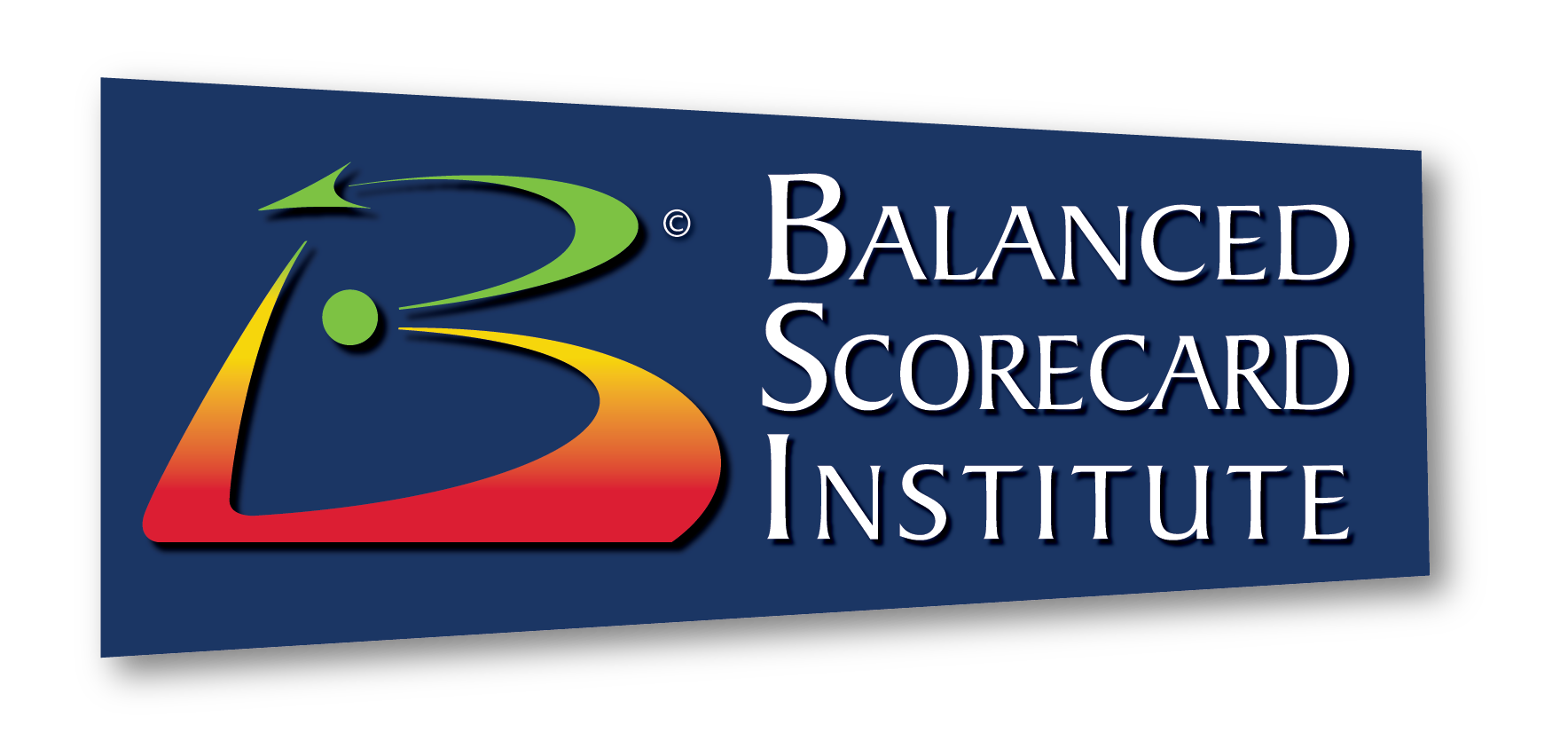Organizations constantly seek ways to optimize performance, align teams, and drive results. One robust framework that has gained significant traction in recent years is OKRs (Objectives and Key Results). While OKRs have been widely adopted in various departments, their potential in Human Resources (HR) and personal performance management must be addressed. This blog post will explore how OKRs can revolutionize how HR professionals and individuals approach goal-setting and performance management.
What are OKRs?
OKRs are a goal-setting framework consisting of two main components: objectives and Key Results. Objectives are ambitious, qualitative, and inspirational goals that define what an individual or team wants to achieve. They are typically high-level and align with the organization’s overall mission and vision. Key Results, on the other hand, are measurable, quantitative, and time-bound outcomes that define how the objectives will be achieved. They are specific, actionable, and trackable metrics that indicate progress toward the objective.
The power of OKRs lies in their ability to provide clarity, focus, and alignment. By setting clear objectives and defining measurable key results, individuals and teams can prioritize their efforts, make data-driven decisions, and track their progress toward meaningful goals.
OKRs in HR: Aligning People Strategies with Business Objectives
HR is critical in driving organizational success by attracting, developing, and retaining top talent. However, HR initiatives often need help to demonstrate tangible business impact. By adopting OKRs, HR professionals can align their people strategies with the organization’s top priorities and measure their contribution to the bottom line.
Here are a few examples of how OKRs can be applied in HR:
Talent Acquisition
Objective:
Improve the diversity and performance workforce
Key Results:
- Increase the percentage of diverse candidates in the hiring pipeline from X% to Y%
- Reduce time-to-fill for critical roles from X days to Y days
- Improve new hire retention rate from X% to Y% within the first year
Employee Engagement and Retention
Objective:
Foster a culture of engagement and belonging
Key Results:
- Increase employee engagement survey scores from X to Y
- Reduce voluntary turnover rate from X% to Y%
- Implement X number of employee-led initiatives to improve workplace culture
Learning and Development
Objective:
Improve the pipeline of future-ready leaders and skilled workers
Key Results:
- Launch X leadership development programs with a Y% participation rate
- Increase the number of employees with cross-functional skills from X% to Y%
- Achieve X% improvement in post-training assessments and job performance
By setting strategic OKRs, HR professionals can focus on initiatives that drive meaningful impact, measure their progress, and demonstrate their value to the organization.
OKRs for Personal Performance: Driving Individual Growth and Achievement
OKRs are not limited to organizational or team goals; they can also be powerful tools for individuals to drive personal growth and achievement. By setting personal OKRs, individuals can prioritize their development, align their efforts with their aspirations, and hold themselves accountable for their progress.
Here are a few tips for setting effective personal OKRs:
1. Start with your mission and values
Reflect on what matters most and what you want to achieve in your career and life. Use this as a foundation for setting meaningful objectives.
2. Focus on growth and development
Set objectives that stretch you beyond your comfort zone and help you acquire new skills, knowledge, and experiences.
3. Align with organizational goals
Ensure that your personal OKRs align with and contribute to your team’s and organization’s overall goals.
4. Make them measurable and time-bound
Define specific, quantifiable key results and set realistic timelines for achieving them.
5. Regularly review and adapt
Continuously track your progress, celebrate your successes, and adjust your OKRs as needed based on changing circumstances or priorities.
By embracing OKRs for personal performance, individuals can take ownership of their growth, make data-driven decisions about their development, and achieve greater fulfillment and success in their careers.
Conclusion
OKRs have the power to transform the way HR professionals approach goal-setting and performance management. By aligning people strategies with business objectives, HR can drive meaningful impact and demonstrate its value to the organization. At the same time, individuals can leverage OKRs to prioritize their personal growth, develop new skills, and achieve their aspirations.
As with any framework, the success of OKRs depends on practical implementation, communication, and continuous iteration. Organizations and individuals can unlock the full potential of this powerful goal-setting tool by starting small, engaging stakeholders, and regularly reviewing and adapting OKRs.
In today’s rapidly changing world, the ability to set clear objectives, measure progress, and adapt quickly is more critical than ever. By embracing OKRs, HR professionals and individuals can position themselves for success, drive meaningful impact, and thrive in uncertainty. So, what are you waiting for? Start setting your OKRs today and unlock the power of aligned data-driven goal setting!
Adam is a Senior Consulting Associate of Strategy Management Group/Balanced Scorecard Institute and a business strategy and digital transformation leader with over 15 years of consulting experience driving solutions and has served in management & leadership positions. Adam has a history of solving challenging, global process problems by applying appropriate agile and lean adaptive frameworks to drive recommendations. In addition, he has led various collaborative projects that made his recommendations a reality.


